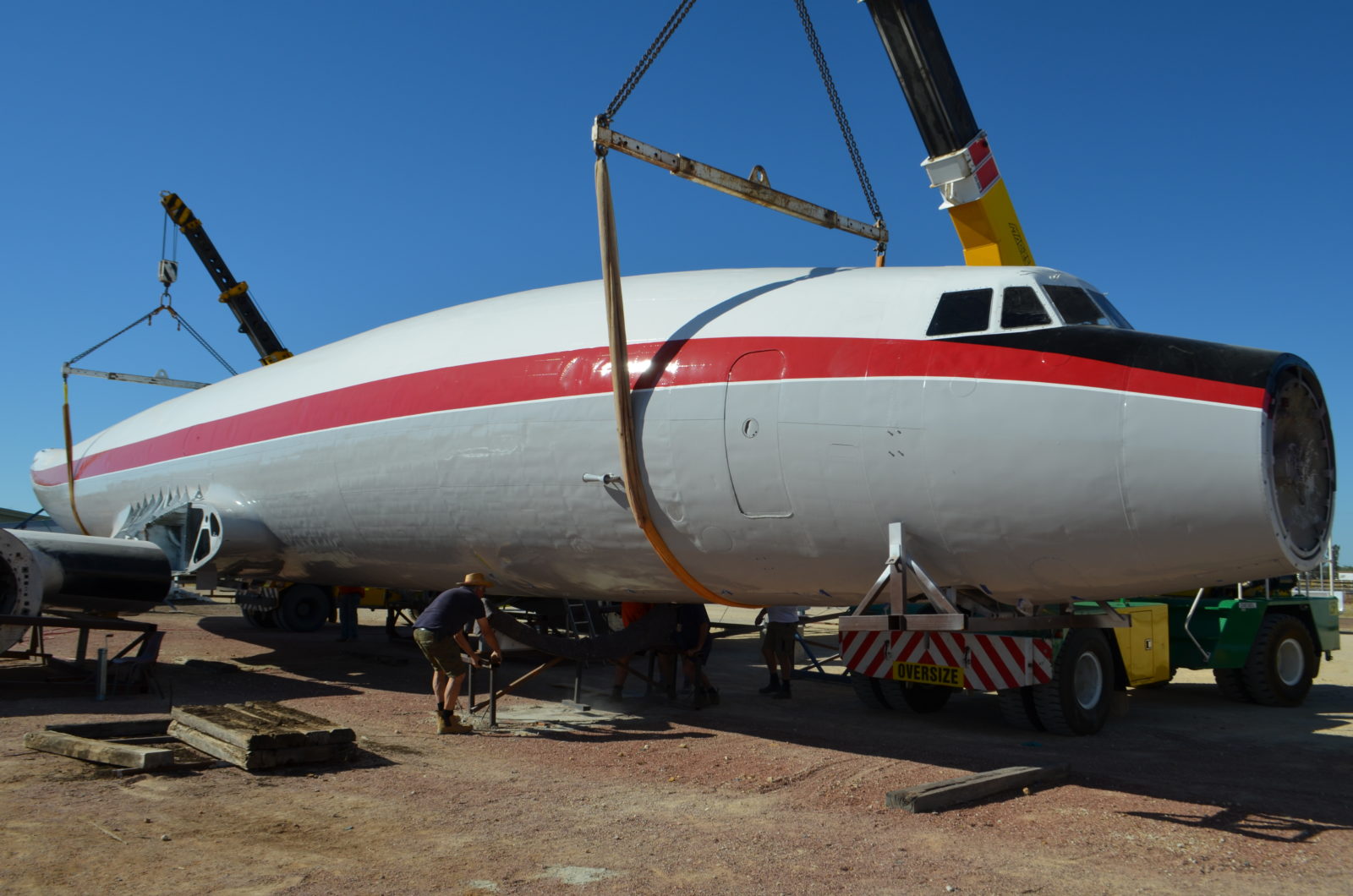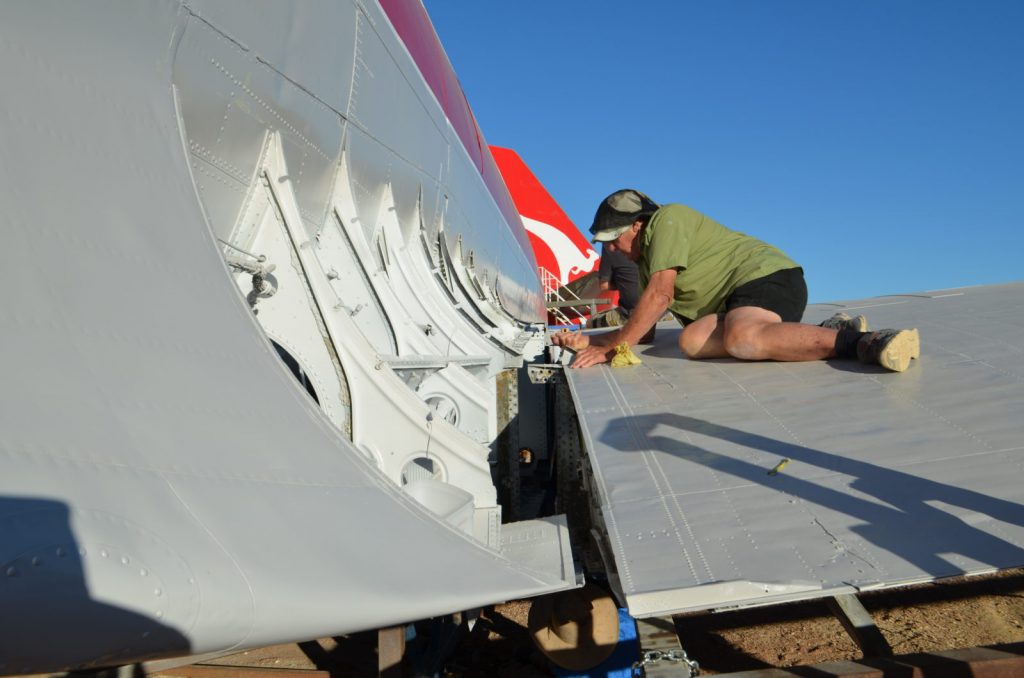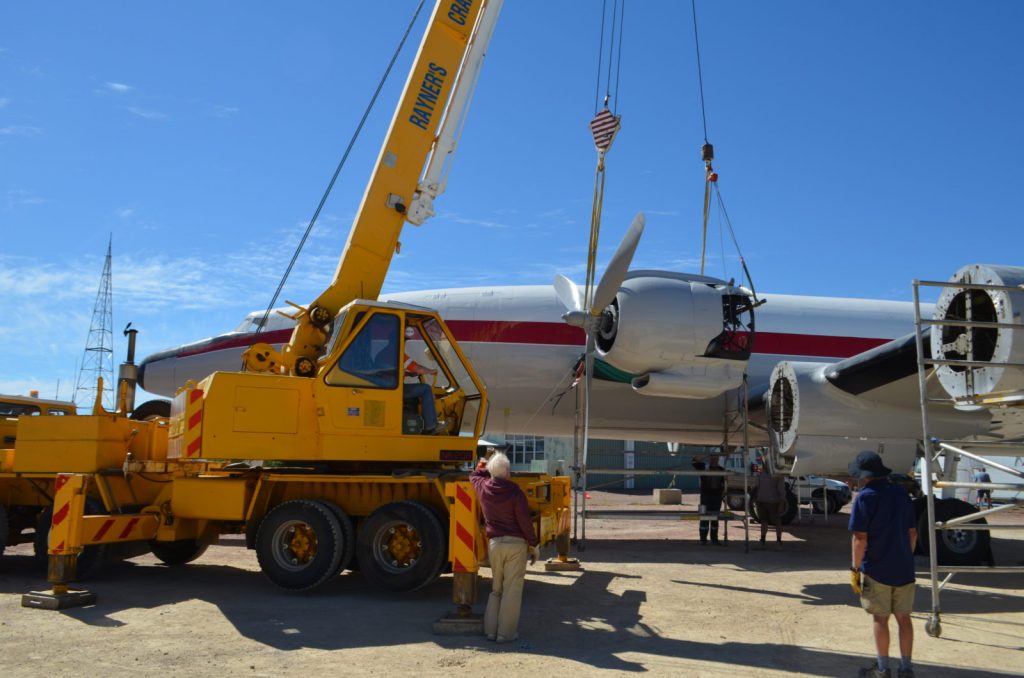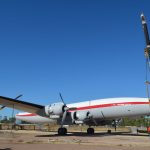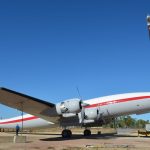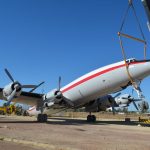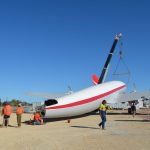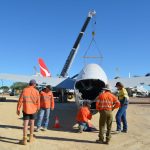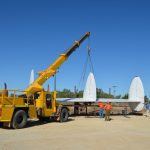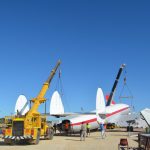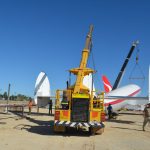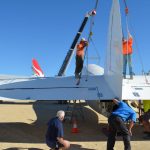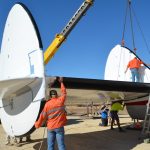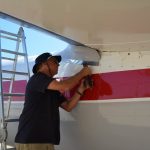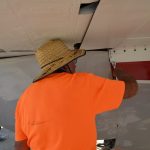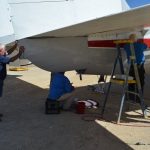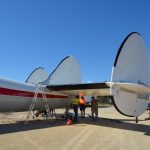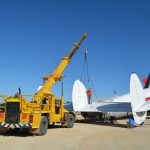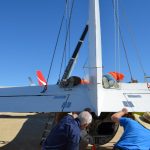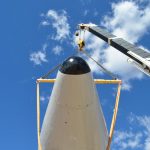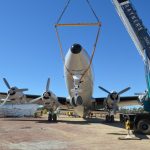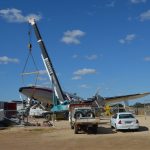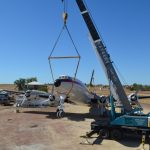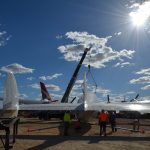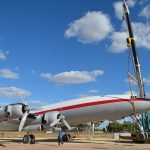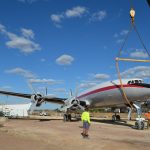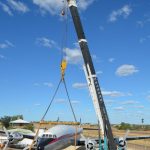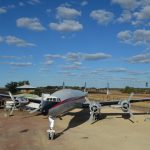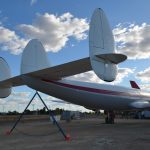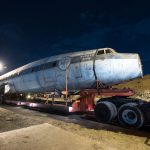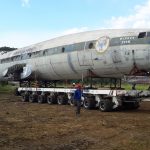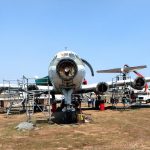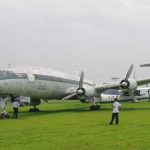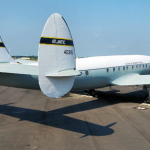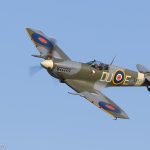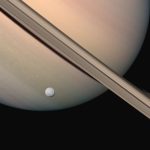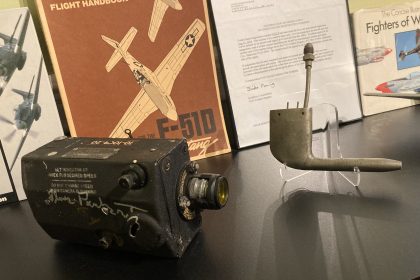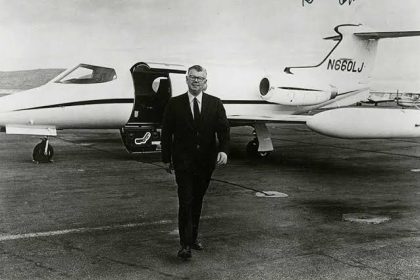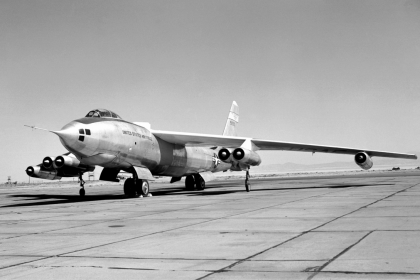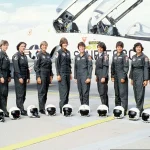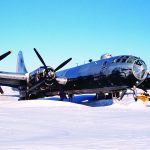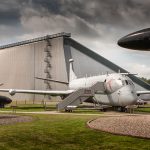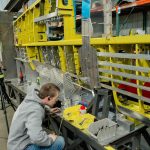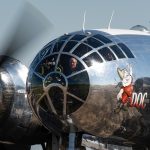What a difference a year can make in the life of an aircraft when a dedicated team of professionals and volunteers gets to work. Such is the case at the Qantas Founders Museum at Longreach in Queensland, Australia. The museum acquired a long derelict Lockheed Super Constellation (former U.S. Navy C-121J Bu.131643). They recovered the forlorn airliner in the nick of time from Manila Airport in the Philippines, where it was likely about to get the axe. WarbirdsNews covered the museum’s efforts to bring her back to Longreach in a number of articles. After a herculean effort, and the raising of significant funds, they managed to get her onsite in May, 2017…. and they quickly got to work on digging deep into the airframe to clean out half a century of muck and corrosion. We received a report on where the aircraft stands now… and the transformation is incredible!
The preceding few weeks have no doubt been a tough and arduous period for our Super Constellation volunteers and Project Manager but the results speak for themselves with the aircraft now standing on its own ‘legs’ (landing gear) with its wings and engines attached as of Friday 25 May 2018. Assisted by a team of six committed Qantas Sheet Metal workers, the Project Manager and a small team of volunteers worked through late January to March preparing the aircraft structure and completing the first of over 200 necessary repairs.
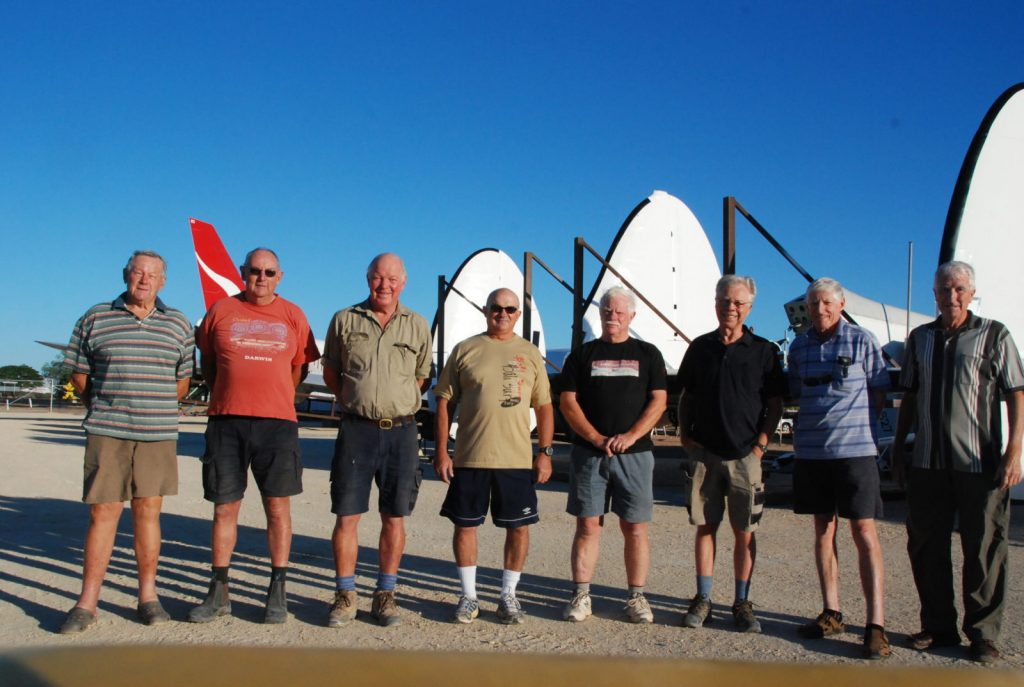
By April 2018, the team from Quick Strip Dustless Blasting Services, who had been concurrently stripping off more than 60 years’ of paint and applying the Qantas livery to the aircraft, left (temporarily) and have been replaced by a constant stream of volunteers. These volunteers have been continuing the work on repairing and replacing damaged or corroded areas of the aircraft as well as preparing the aircraft for the attachment of its wings, landing gear and engines. This work has been completed in some trying conditions including 40 degree days and flies that just won’t leave you alone! Fortunately the weather is cooling off and the flies are gone.
On Tuesday 8 May, the PJ Rayner cranes arrived on site to lift the Super Constellation fuselage onto stands for the wing attachments. On Thursday 10 May, the project team started the slow and careful process of attaching the wings with modified transport frames, starting with the right or starboard wing. While at times laboured, the team was able to attach the wing by early afternoon and decided to tackle the port or left wing the next day. With the experience of the first wing, the second wing was attached by late morning on 11 May providing great relief for all.
On Monday 21 May, two cranes arrived to again lift the Super Constellation fuselage to allow the landing gears to be fitted. It had been over 3 years since the aircraft was disassembled and the team was looking forward to the aircraft standing on its own feet again. In an afternoon the team was able to attach the nose and main landing gears. Thank you to the team from PJ Rayner Crane Hire who not only operated the cranes but enthusiastically stepped in to help our volunteers. Finally the fuselage was lowered and the aircraft was standing on its own. A big day for the project. With no hydraulic or air pressure the aircraft stands about a foot lower than it normally would.
There was no rest for the weary as the next day on Tuesday 22 May, the team started to attach the engines/propellers. They had high hopes of attaching all four engines in one day but the aircraft decided to test our patience. At the end of the day after nearly four hours of work, engines 1 and 2 were finally on the port wing.
Work began early on Wednesday 23 May, to attach engines 3 and 4. Engine 4 went on in three hours but there was concern about engine number 3 as there had been some damage to the engine from a suspected hard landing in its previous life. As fate would have it, this engine went better than expected but there was still a bit of work to be done. Our Super Constellation obviously has a sense of humour. The rest of the week was being spent working on the engines, attaching the engine cowling and preparing for the attachment of the tailplane before the end of June.
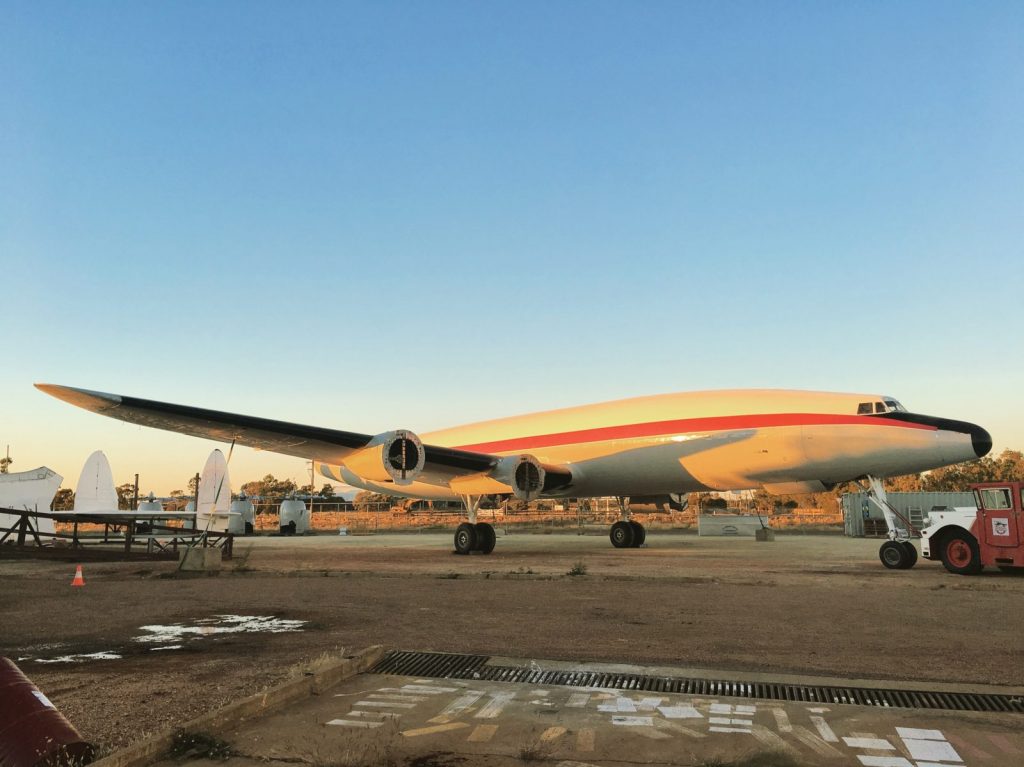
Following the old girl finding her legs again, the restoration team set about the arduous, not to mention tricky task of re-attaching the Connie’s massive empenage. This they achieved by gently tilting the aircraft with a massive crane. It is best explained through the series of photographs the museum took to document this momentous event on May 30th, 2018!
With the aircraft essentially whole again, at least externally, the paint team will revisit the aircraft this month to touch up the finish and apply her Qantas Airlines insignia and other detailed markings. This should be complete by the end of June. The next challenge will be to completely refit the venerable airliner with her interior furnishings and to create a suitable display for her, with the aim of completing these significant objectives by 2020, the year which marks Qantas centenary.
This project is jointly funded by the Qantas Foundation Memorial Ltd and the Australian Government, administered by the Queensland Government.
For more information about the Super Constellation Project, please check out the Qantas Founders Museum’s Facebook Page
You can also see some time lapse videos at the Qantas Founders Museum’s You Tube Channel
About Qantas Founders Museum
Qantas Founders Museum was initiated by the people of Western Queensland and is independent of Qantas Airways, although Qantas provides significant support in various forms, focused on the museum’s artefacts and their preservation. To donate to the museum and its projects, go to the Qantas Founders Museum website donation page at: https://qfom.com.au/donate-to-our-museum/ and follow the links or contact the museum by phone on: 07 4658 3737 or email: info@qfom.com.au.







